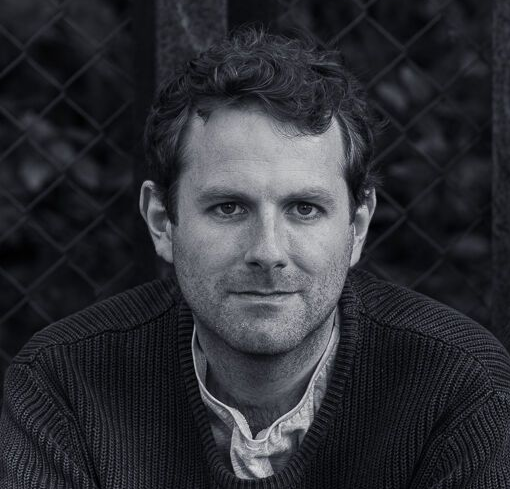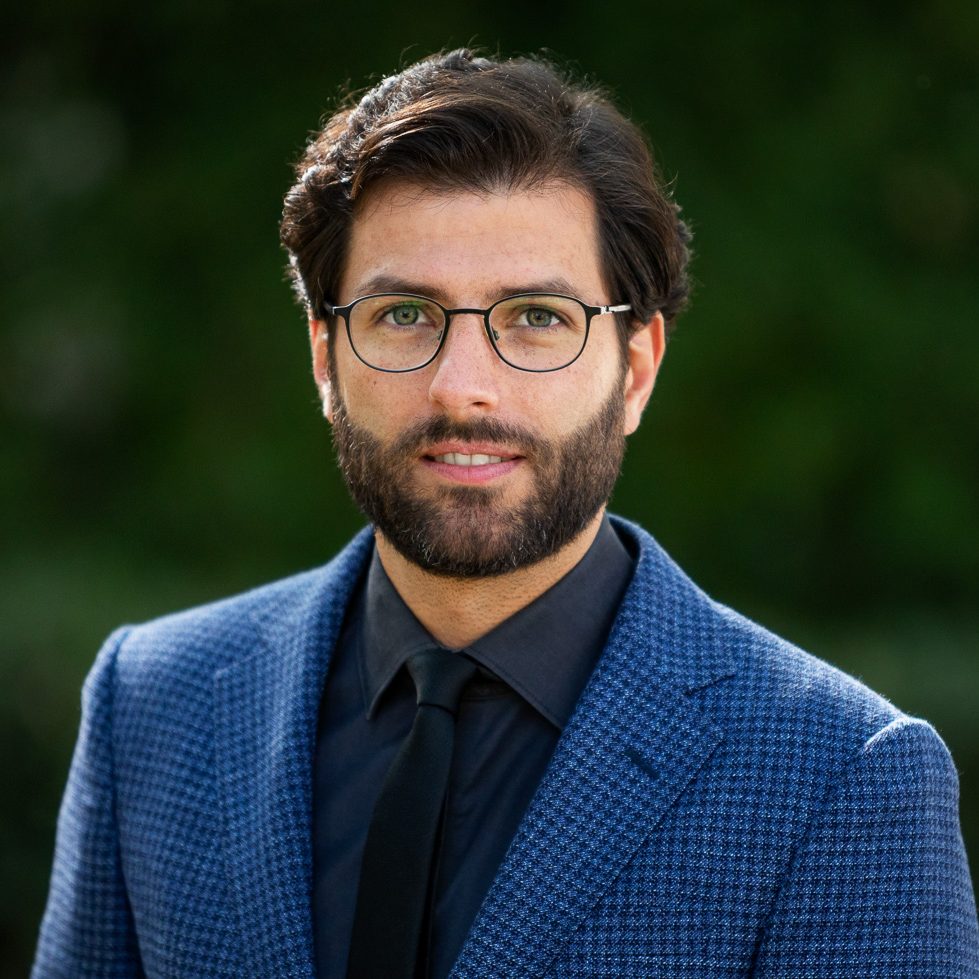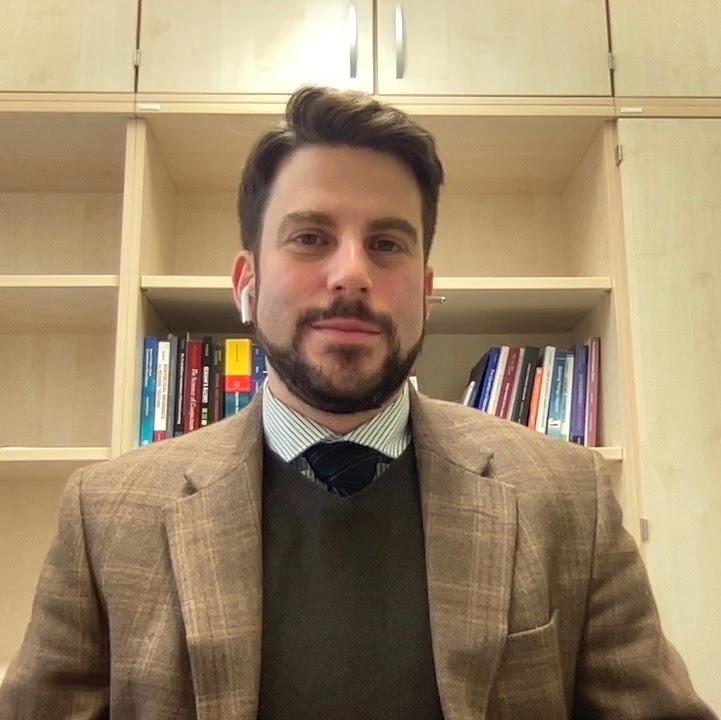In this post, Somogy Varga, Andrew J. Latham and Jacob Stegenga discuss the article they recently published in Ergo. The full-length version of their article can be found here.

The concepts of health, disease and disorder play a central role in medical research, healthcare, and public health. They inform our understanding of these areas and they are crucial in establishing which conditions, correctly, fall within the domain of medicine.
Debates about these concepts have significant implications for both medical research and practice. These implications are clearly seen, for example, when we consider a contested condition such as “Female Sexual Interest/Arousal Disorder” (FSD).
FSD is in the current edition of the Diagnostic and Statistical Manual of Mental Disorders (DSM-5; APA 2013). The core symptoms of FSD are a decrease in interest in sex, including (i) sexual activity, (ii) sexual thoughts, (iii) sexual reception and initiation, (iv) sexual pleasure, (v) sexual cues, and (vi) genital sensation. To be diagnosed with FSD, a woman must have at least three of these symptoms, the symptoms must cause distress, and they must not be explainable by another medical condition or external cause, such as relationship difficulties.
Whether FSD correctly counts as a disorder has significant implications for how it is viewed and treated. The FSD literature is divided between those who judge that low sexual desire is a disorder and appropriate target of medical treatment—call this the mainstream view (e.g., Berman, Berman, & Goldstein 1999)—and those who contest both claims—call this the critical view (e.g., Tiefer 2001). There are significant stakes in this debate: anyone with an intervention to market (pharmaceutical or otherwise) has an interest in sustaining the mainstream view.
Mainstream and critical theorists often ground their arguments in what they think are shared judgments (Stegenga 2021). To empirically inform this debate, we conducted a study to examine what factors influence people’s judgments regarding FSD as a disorder and an appropriate target of medical intervention. If a good making feature of a view is that it (better) aligns with shared judgments, then uncovering people’s judgments align could help advance the debate.
Of course, aligning with shared judgments provides, at best, only a defeasible reason in favour of a view. For instance, if people judged both that FSD is a disorder and an appropriate target for medical intervention, whereas they did not judge “hypoactive sexual desire disorder” (i.e., male low sexual desire) in the same way, then we would have good reason to discount the import of such judgments.
We found that people’s judgements did not straightforwardly align with either the mainstream or the critical view.
The biggest predictor of whether FSD was judged to be a disorder was the extent to which people judged it to be a “dysfunction”. However, what it meant to people to be a dysfunction in this context reflected a complex interaction of both descriptive factors (the cause and intensity of the atypical sexual desire) and evaluative factors (how the atypical sexual desire is valued).
This stands in striking contrast with how people conceive of dysfunction in the context of somatic diseases: there, it has been reliably found that people’s judgments are not influenced by how the condition is valued. Instead, people’s judgments simply depend on descriptive facts about bodily systems (e.g., Latham & Varga forthcoming; Varga, Latham, & Machery, forthcoming).
We also found another discrepancy: while subjects’ evaluative attitude towards FSD had no direct influence on whether FSD was judged to fall within the scope of medicine, it did influence the extent to which medical intervention was deemed to be appropriate. People were more likely to judge that medical intervention would be appropriate when someone with FSD disvalued their condition.
This suggests that people take a permissive view about medicine’s role: a view according to which medicine not only treats disorders and diseases but also promotes people’s health and wellbeing (e.g., Stegenga 2018; Varga 2023).
References
- American Psychiatric Association (2013). DSM-5: Diagnostic and Statistical Manual of Mental Disorders (5th edition).
- Berman, J. R., Berman, L., and Goldstein, I. (1999). “Female Sexual Dysfunction: Incidence, Pathophysiology, Evaluation, and Treatment Options”. Urology 54(3): 385–391.
- Latham, A. J. and Varga, S. (forthcoming). “Is “Dysfunction” a Value-Neutral Concept?” Philosophical Studies.
- Stegenga, J. (2018). Medical Nihilism. Oxford University Press.
- Stegenga, J. (2021). “Medicalization of Sexual Desire”. European Journal of Analytic Philosophy 17(2): 5–34.
- Tiefer, L. (2001). “A New View of Women’s Sexual Problems: Why New? Why Now?” Journal of Sex Research, 38(2): 89–96.
- Varga, S. (2023). “The Aim of Medicine. Sanocentricity and the Autonomy Thesis”. Pacific Philosophical Quarterly. 104(4): 720–745.
- Varga, S., Latham, A. J., and Machery, E. (forthcoming). Health and Disease: Experimental Philosophy of Medicine. Cambridge University Press.
About the authors

Somogy Varga is Professor of Philosophy at Aarhus University. His current research focuses primarily on topics in the philosophy of medicine, science, and psychiatry. He is the author of four books: Science, Medicine, and the Aims of Inquiry (Cambridge University Press), Scaffolded Minds (MIT Press), Naturalism, Interpretation, and Mental Disorder (Oxford University Press), and Authenticity as an Ethical Ideal (Routledge).

Andrew J. Latham is a Marie Skłodowska-Curie Postdoctoral Research Fellow at Aarhus University. He works mainly at the intersection of metaphysics, cognitive science, and ethics. His recent work has appeared, among other places, in Noûs, Journal of Philosophy, and Philosophy and Phenomenological Research.

Jacob Stegenga is Professor at Nanyang Technological University Singapore. He has published widely in philosophy of science and philosophy of medicine, and he is the author of Medical Nihilism (Oxford University Press), Care and Cure: An Introduction to Philosophy of Medicine (University of Chicago Press), and a book to be published in 2026 titled Heart of Science.






